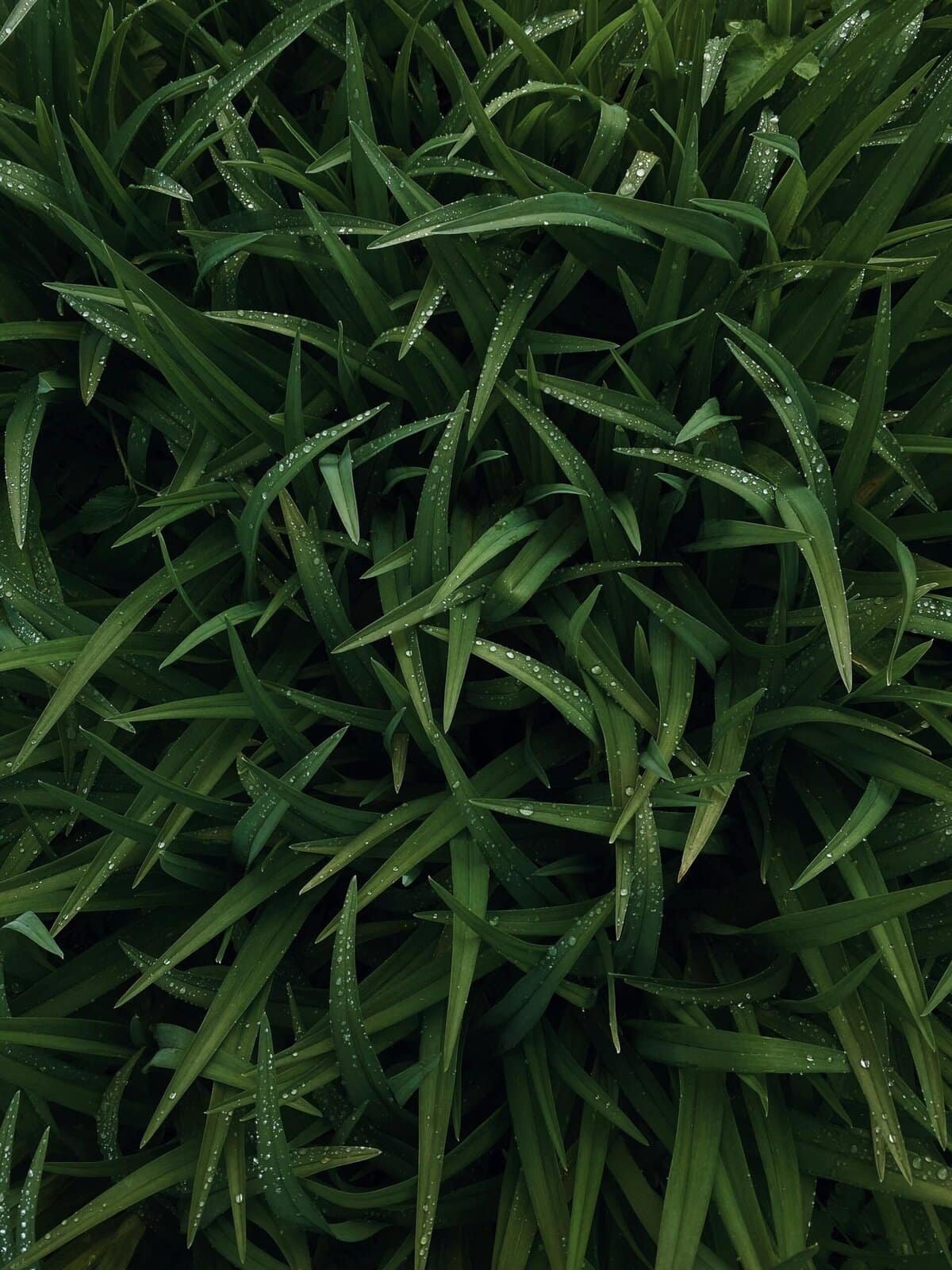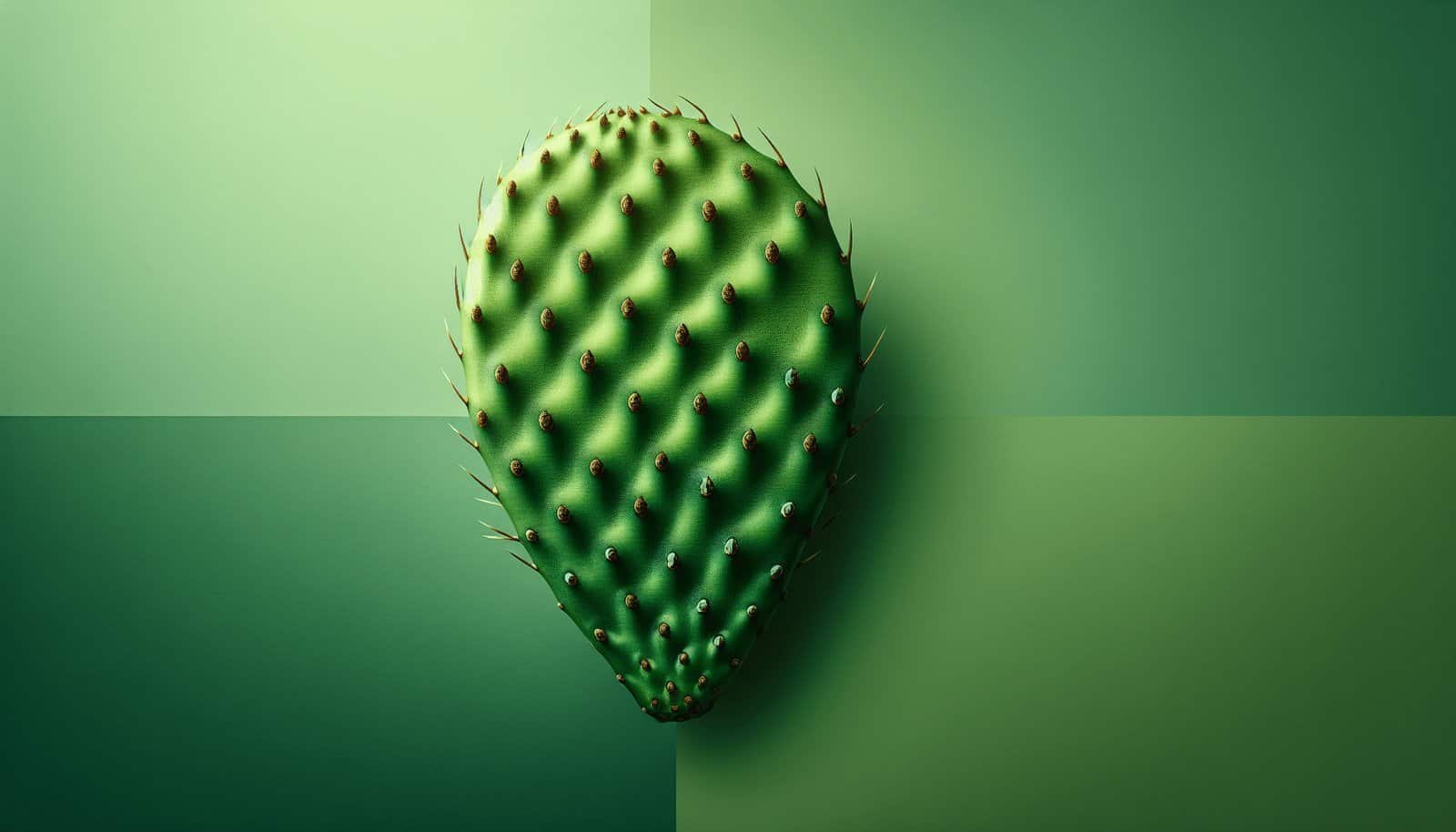Have you ever wondered if a simple, natural remedy like the nopal cactus could contribute to lowering blood pressure? As you search for ways to maintain optimal health, especially regarding heart wellness, this desert-dwelling plant might just become a key player in your dietary regimen. With heart disease being a leading cause of health issues globally, managing blood pressure is crucial. But is the nopal cactus effective in this endeavor? Let’s explore how this fascinating plant can potentially support your health goals.
What is Nopal Cactus?
The nopal cactus, often recognized by its common name, prickly pear cactus, is a type of cactus native to Mexico. It has been consumed for centuries in traditional Mexican cuisine. The cactus can be eaten fresh, cooked, or dried and is known for its thick, fleshy pads and vibrant fruit. But beyond its culinary uses, nopal cactus has gained popularity for its potential health benefits, which include aiding in digestion, reducing inflammation, and providing essential nutrients.
Nutritional Profile of Nopal Cactus
Understanding the nutritional value of the nopal cactus is a good starting point. This succulent is low in calories yet packed with important nutrients. It’s a significant source of dietary fiber, vitamins C and E, carotenoids, and essential minerals like magnesium and potassium. Here’s a brief table highlighting its nutritional content per 100 grams:
| Nutrient | Amount per 100g |
|---|---|
| Calories | 16 kcal |
| Protein | 1 g |
| Fat | 0.1 g |
| Carbohydrates | 3.3 g |
| Dietary Fiber | 2 g |
| Vitamin C | 9.3 mg |
| Magnesium | 85 mg |
| Potassium | 257 mg |
These nutrients play a vital role in bodily functions, and their presence can be especially beneficial for heart health.
The Connection Between Diet and Blood Pressure
Before delving into the specific effects of the nopal cactus on blood pressure, it’s essential to understand the relationship between diet and hypertension. Blood pressure refers to the force exerted by circulating blood on the walls of blood vessels. When this pressure remains too high, it can lead to hypertension, increasing the risk of heart disease and stroke.
Risk Factors for Hypertension
Several factors can contribute to the development of high blood pressure. These include:
- Excessive salt intake
- A high-fat diet
- Obesity
- Sedentary lifestyle
- High stress levels
- Genetic predisposition
Diet, therefore, plays a crucial role in managing and potentially lowering blood pressure. Incorporating fruits, vegetables, and whole grains while reducing salt and saturated fat can make a significant difference.

How Nopal Cactus May Help in Lowering Blood Pressure
You might wonder, does nopal cactus have components that can help in managing blood pressure levels? Let’s examine how certain minerals and compounds in the cactus may contribute to its hypotensive properties.
Rich in Dietary Fiber
Nopal cactus is high in fiber, which is known to help reduce blood pressure. Dietary fiber aids in maintaining blood vessel function and prevents the buildup of cholesterol, which can clog arteries and increase blood pressure. Consuming a fiber-rich diet may, therefore, play an integral part in cardiovascular health.
High in Potassium
Potassium helps balance the amount of sodium in your cells, which can help reduce high blood pressure. When you have more potassium in your diet, your body gets better at expelling sodium through urine, thereby reducing tension in your blood vessel walls. This mineral’s significant presence in nopal cactus can support this essential function.
Presence of Magnesium
Magnesium plays a key role in regulating blood pressure. It helps relax blood vessels, allowing for better blood flow. It also balances calcium and potassium in your body, which is crucial for maintaining normal heart rhythms. With the nopal cactus being a rich source of magnesium, it could be beneficial in keeping your blood pressure in check.
Contains Antioxidants
Antioxidants such as vitamins C and E, which are present in nopal cactus, can combat oxidative stress. This stress can lead to inflammation and arterial damage, both of which contribute to high blood pressure. Antioxidants help protect cells and reduce inflammation, further supporting cardiovascular health.
Scientific Research on Nopal Cactus and Its Effects
While the nutritional benefits of nopal cactus are clear, you might be interested in what scientific research says about its effects on blood pressure.
Studies Supporting Its Benefits
Antihypertensive Effects: Some studies have shown that the consumption of nopal cactus can have an antihypertensive effect due to its fiber, mineral content, and antioxidant properties. Research has demonstrated that diets high in fruits and vegetables, including nopal, can help lower systolic and diastolic blood pressure.
Improvement in Lipid Profile: Nopal cactus may improve lipid profiles, which complements its role in managing blood pressure. By improving the body’s lipid balance, nopal aids in reducing the risk of cardiovascular diseases.
Blood Sugar Regulation: While blood sugar control may seem distinct from blood pressure management, stable blood glucose levels can reduce pressure on blood vessels. Nopal’s role in moderating blood sugar showcases its multifaceted benefits.

How to Include Nopal Cactus in Your Diet
Now that you understand the potential benefits, you might be curious about how to integrate nopal cactus into your diet. It’s quite versatile and can be used in several ways.
Fresh Nopal Pads
You can find fresh nopal pads in many grocery stores or markets. These can be grilled, boiled, or sautéed. Add them to salads, scramble them with eggs, or incorporate them into a healthy stir-fry.
Nopal Juice or Smoothies
Blending nopal with fruits like pineapple or orange creates a refreshing juice or smoothie. This is an excellent way to enjoy its benefits, especially if you’re on the go.
Powdered or Capsule Supplements
For convenience, nopal cactus is available in powdered form or as a supplement capsule. These can be a perfect option if you’re looking for a straightforward way to include it in your diet without altering your meals.
Nopal-based Meals
Traditional Mexican dishes often include nopal. Think of a tasty nopal salad (ensalada de nopales) with tomatoes, onions, and a hint of lime.
Potential Side Effects and Considerations
As you’d expect with introducing any new food or supplement to your diet, there can be considerations with nopal cactus.
Possible Gastrointestinal Upset
Some people may experience gastrointestinal issues, like bloating or diarrhea, when first consuming nopal. It’s often recommended to start with small amounts and gradually increase.
Interaction with Medications
Nopal cactus might affect blood sugar and cholesterol levels, which is significant to note if you’re taking medication for these conditions. Always consult your healthcare provider before adding nopal cactus to your diet in supplement form.

Conclusion: Can Nopal Cactus Help In Lowering Blood Pressure?
After exploring the benefits and potential of the nopal cactus, it becomes clear that this plant not only enriches your diet with essential nutrients but also supports various aspects of heart health, including blood pressure management. While more extensive research is always beneficial, the existing evidence points toward its positive impact on blood pressure due to its rich fiber, potassium, magnesium, and antioxidant content.
If you’re considering nopal cactus as a complementary approach to healthy blood pressure management, it can be a beneficial addition, alongside a balanced diet and lifestyle. As always, consult with healthcare professionals to personalize its use to your specific health needs. Embrace the possibility that this intriguing cactus could play a role in your journey to optimal health.

